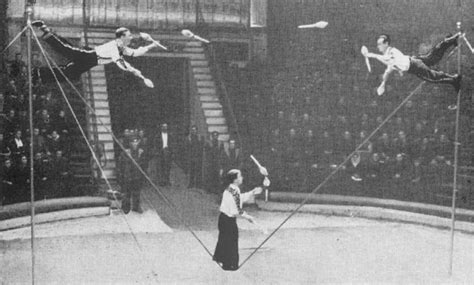Orientation and Action Selection: Tectum
Contents
Orientation and Action Selection: Tectum¶
Slides¶
The role of the optic tectum for visually evoked orienting and evasive movements (in Lamprey)¶
Bar stimulus: intact response¶
A horizontally moving bar elicits stronger avoidance responses when it moves from anterior to posterior in the visual field, while escape forward responses appear when the bar moves from posterior to anterior. We applied a vertical bar (black on white background) moving horizontally (Fig. 2 I and J). “Bar R to C” (moving rostral to caudal) tended to activate the ventral root on the evasive left side more than on the right side (Fig. 2 I and K; n = 16 from 10 lampreys), while “bar C to R” (moving caudal to rostral) evoked ventral root activity on both sides in a more symmetrical manner (Fig. 2 J and K; n = 21 from 11 lampreys). Taken together, we found that threatening-like stimuli (bars and fast looming) tended to activate the evasive left side stronger and faster than the right side (SI Appendix, Table S1). This was clearer for “bar R to C” than for the other cases, implying that “bar R to C” elicits a stronger avoiding response, whereas the others tend to evoke escaping forward responses. We confirmed this interpretation by monitoring the behavioral responses in an intact animal, which showed evasive head movements for “bar R to C” and a strong swimming response to “bar C to R” (Movie S3). These responses are ethologically relevant to avoid collisions with obstacles in front and to escape from objects approaching from behind. Our results suggest that naturally threatening-like stimuli such as fast looming dots or horizontally moving bars will elicit evasive-like or rapid escape-like behavior in contrast to slow looming stimuli.
Slow looming: neural and fictive response¶
A “slow looming stimulus” elicited a response in the left optic tectum (contralateral to the stimulated eye, black trace) and a marked activation of the right ventral root (ipsilateral to the stimulated eye, green trace), but only a modest activation on the left side (left ventral root; red trace). The ipsilateral ventral root activation would have resulted in an orienting movement.
Fast looming: neural and fictive response¶
When fast looming stimuli (linear or exponential) were applied, a strong tectal response and bilateral ventral root activation occurred, often strongest on the left “evasive” side.
Additional Resources¶
Tectal control of locomotion, steering, and eye movements in lamprey
Orienting our view of the superior colliculus: specializations and general functions
Circuits for Action and Cognition: A View from the Superior Colliculus
The role of the optic tectum for visually evoked orienting and evasive movements
The tectum/superior colliculus as the vertebrate solution for spatial sensory integration and action
Role of the Superior Colliculus in Guiding Movements Not Made by the Eyes
